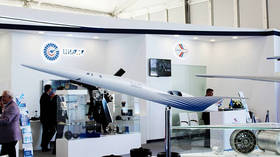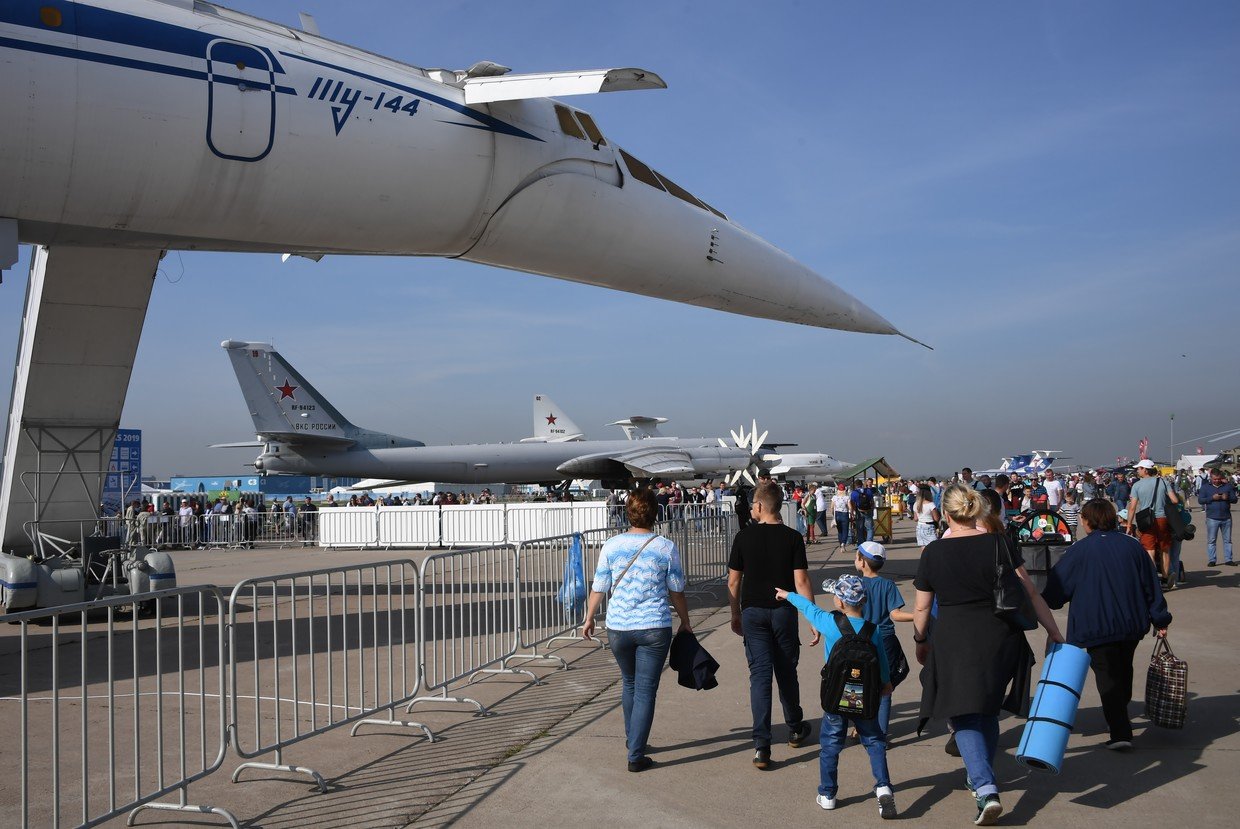Building a Russian supersonic business jet: First flight demonstrator will be a rebuilt MiG-29

The maiden flight of what will eventually become a Russian supersonic business jet may happen in three to four years, but the demonstrator will be a rebuilt MiG-29 fighter jet, which will test the future aircraft’s body.
Supersonic passenger flights were a thing a few decades ago, but ultimately both Russia’s Tu-144 and the British-French Concorde died out, partially due to safety issues and partially because they were too costly and too loud for overland travel. Several companies are now trying to make a comeback, including Spike Aerospace, Boom Supersonic and Lockheed Martin. In Russia, several leading aviation labs and manufacturers banded together earlier this year for the same goal.
Also on rt.com Sons of the Concorde: NASA explores 'quiet' sonic boom & prospects of supersonic passenger aircraftOne of the members of the Russian program, TsAGI, may be taking its first demonstrator into the air as soon as 2022 or 2023, its head Kirill Sypalo said in an interview.
“Most likely it will be a MiG-29 with its regular RD-33 engines and other equipment. Of course, that won’t be an actual supersonic business jet. It will be a prototype that will help us finalize how the aircraft will look,” he said.
TsAGI is a leading Moscow-based aerodynamics researcher and has been working for several years on a body shaped to reduce the sonic boom. The loud roar is a result of overlapping shockwaves produced by a fast-speed aircraft and would be way over regulation levels in today’s world, but designers hope to reduce it to sensible levels by playing shockwaves against each other.

The latest model they are proposing was shown in August at the MAKS air show near Moscow. The flying demonstrator will help TsAGI build on what they have done so far with wind tunnel tests. They are currently aiming to produce a 38-meter long aircraft that can cruise at a speed of 1.8 Mach with a range of 6,000km to 8,000km, but that is subject to change as they seek a sweet spot combination of operational costs and speed, altitude and body shape to keep the jet quite enough.
The airframe will have several features to help tame the sonic boom. It will use an unusual wing configuration called “gull wing,” with the innermost parts cranked upwards and tips bent horizontally and somewhat to the back at the tips. Air intakes, which are a major source of noise in a supersonic plane, were placed on the top.
Also on rt.com Blast from the past: Putin wants Russian civilian air travel to go supersonic once againSolving the noise problem however will be just part of what is needed. The passenger plane will also need a brand new engine developed with fuel efficiency in mind. Russia has engines that can push an aircraft at supersonic speeds, but they all come from the military and are kerosene-guzzling monsters. Sypalo believes a supersonic business jet could be commercially successful if its twice-faster travel times come with a ticket price of about 20 percent higher than today’s business class.
“We hope the work on the engine will be parallel to our work on the demonstrator,” he said. “Normally it takes five to seven years to design an engine, so if the work starts now it can be done sometime in 2025 or 2026.”
Think your friends would be interested? Share this story!














